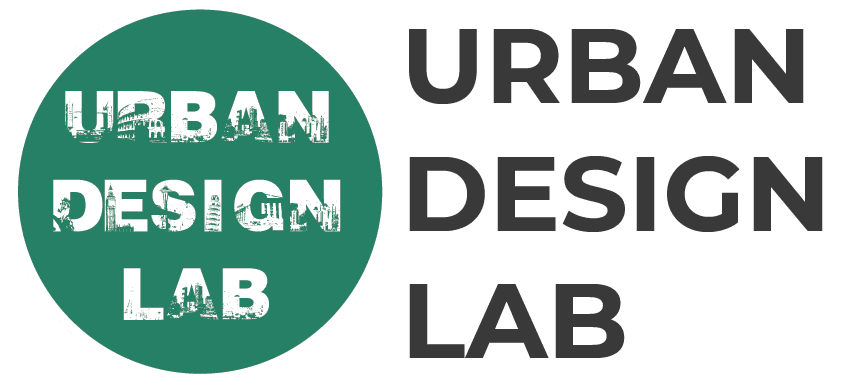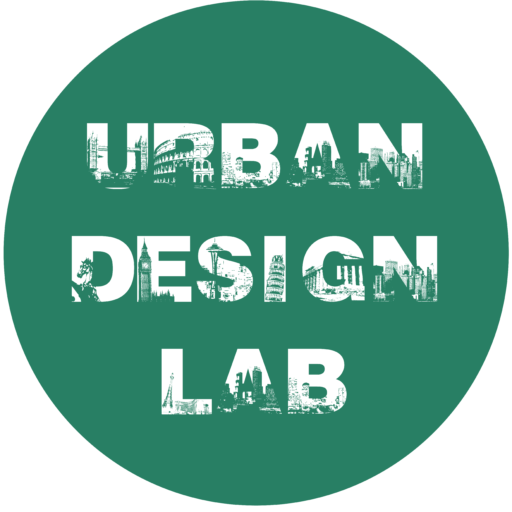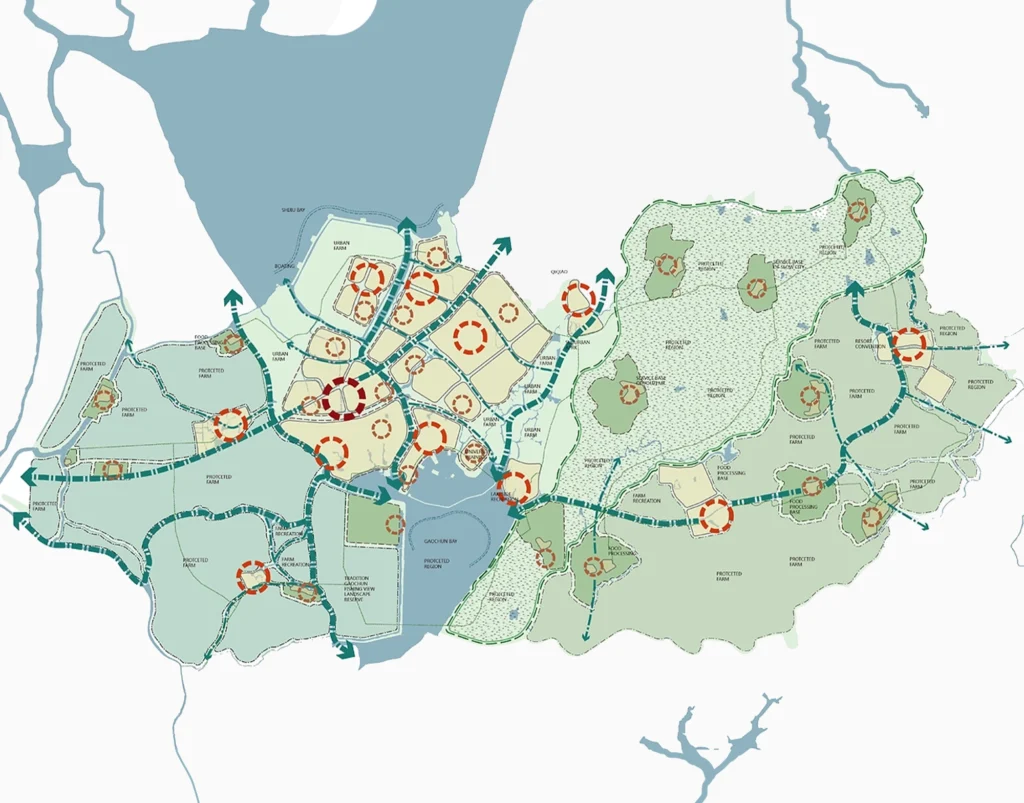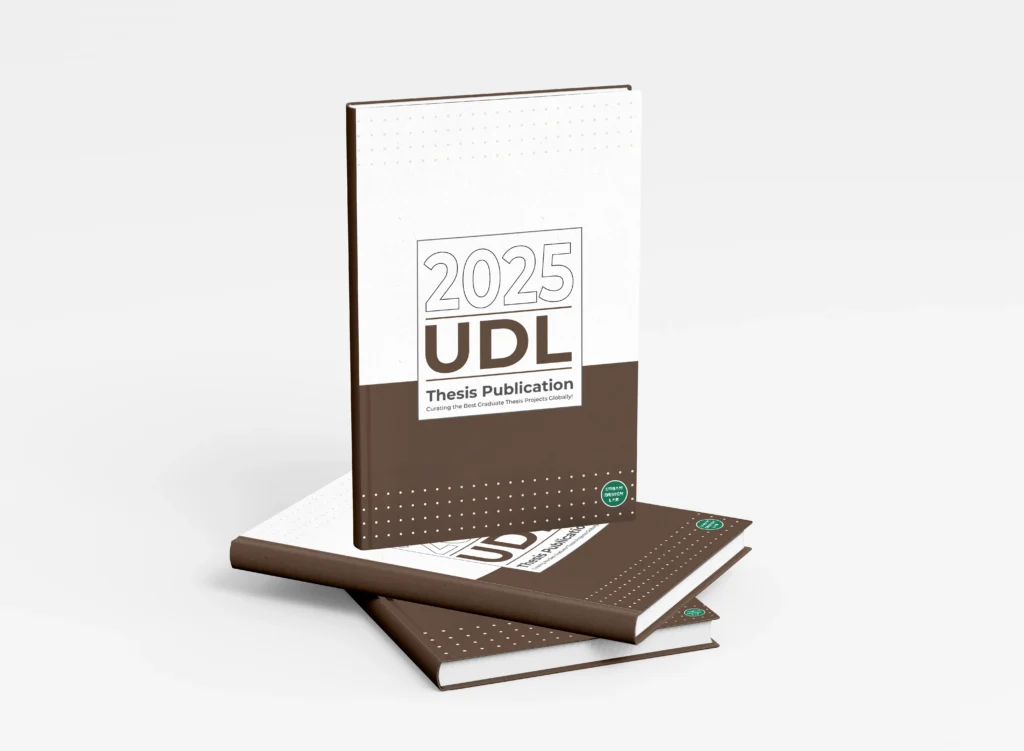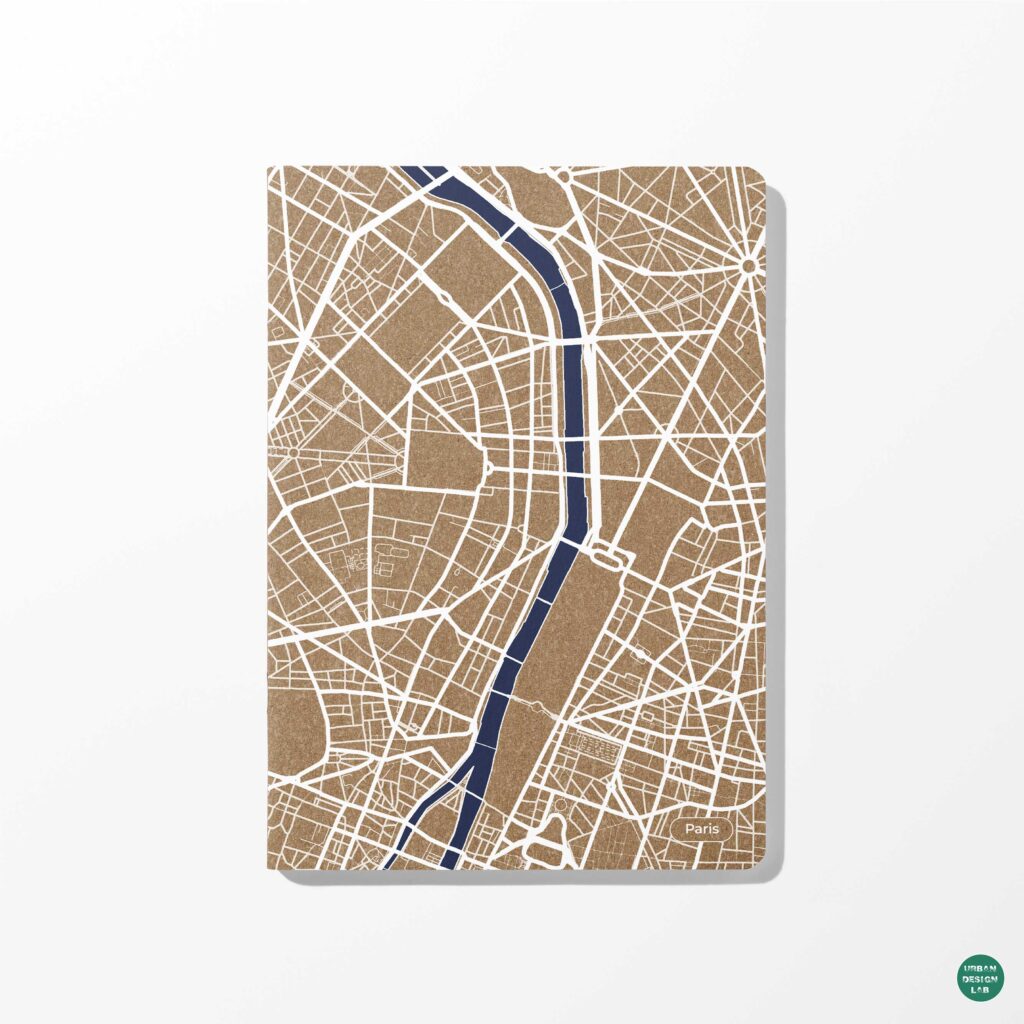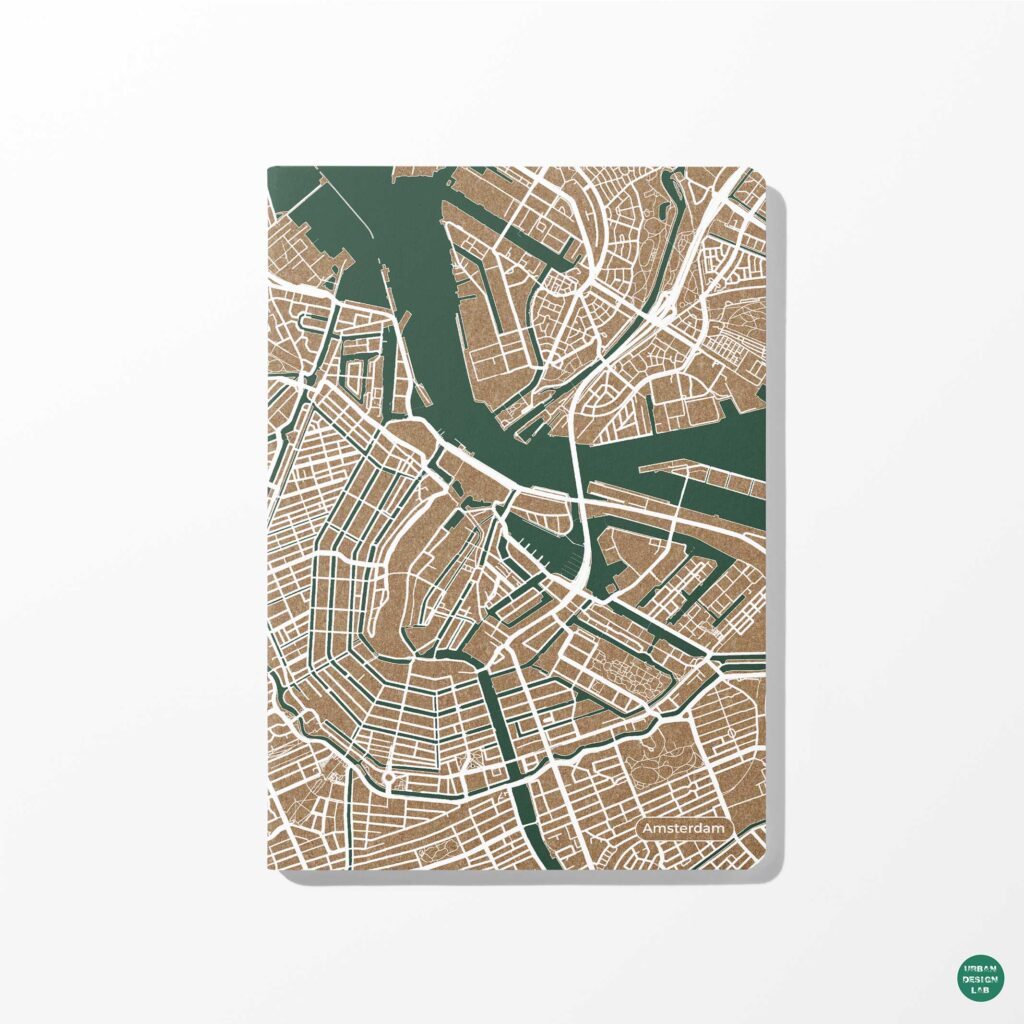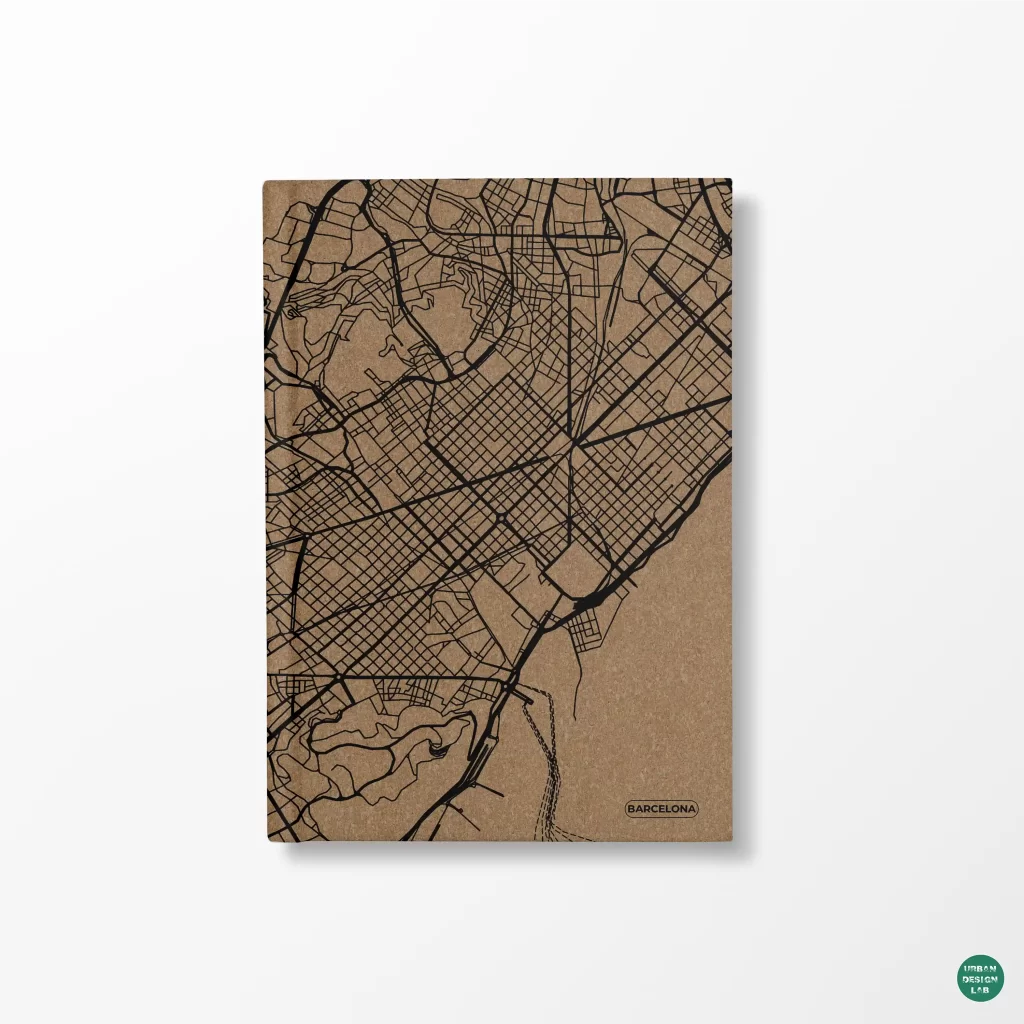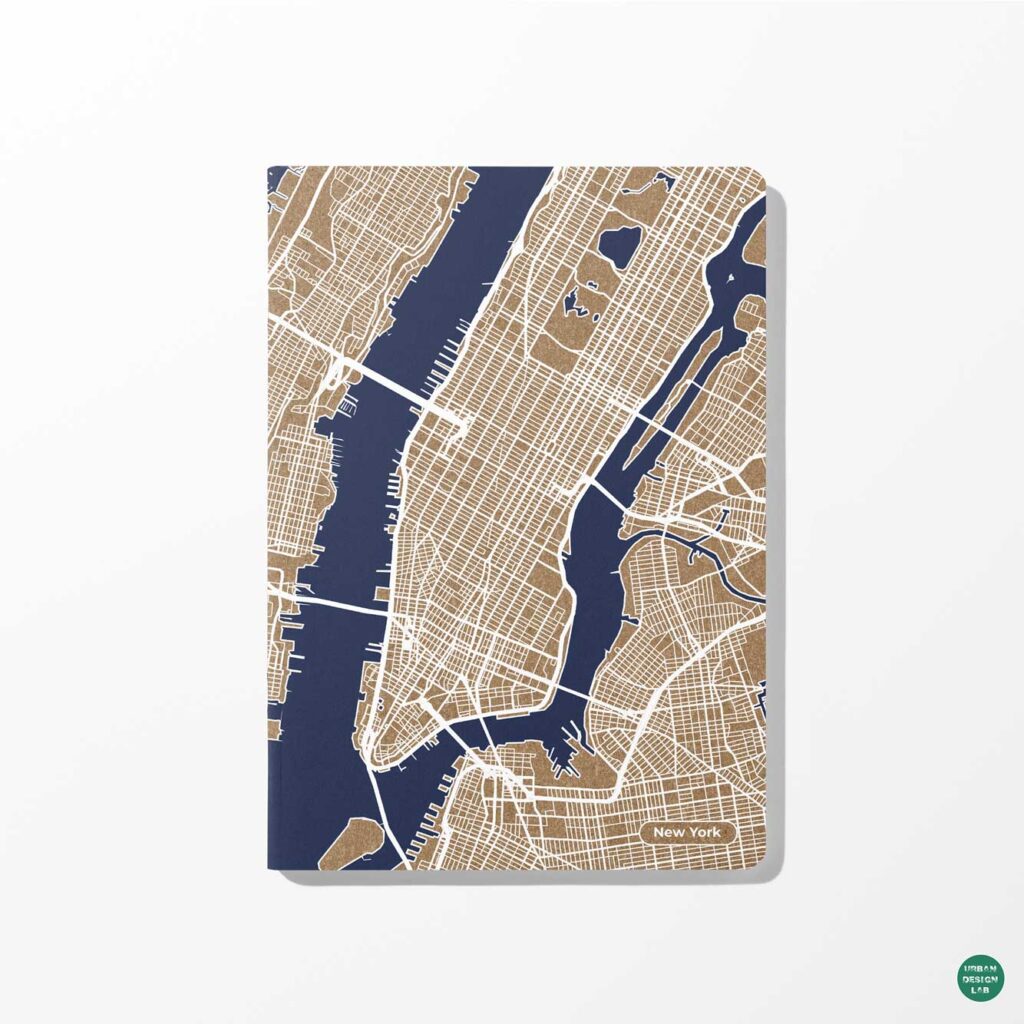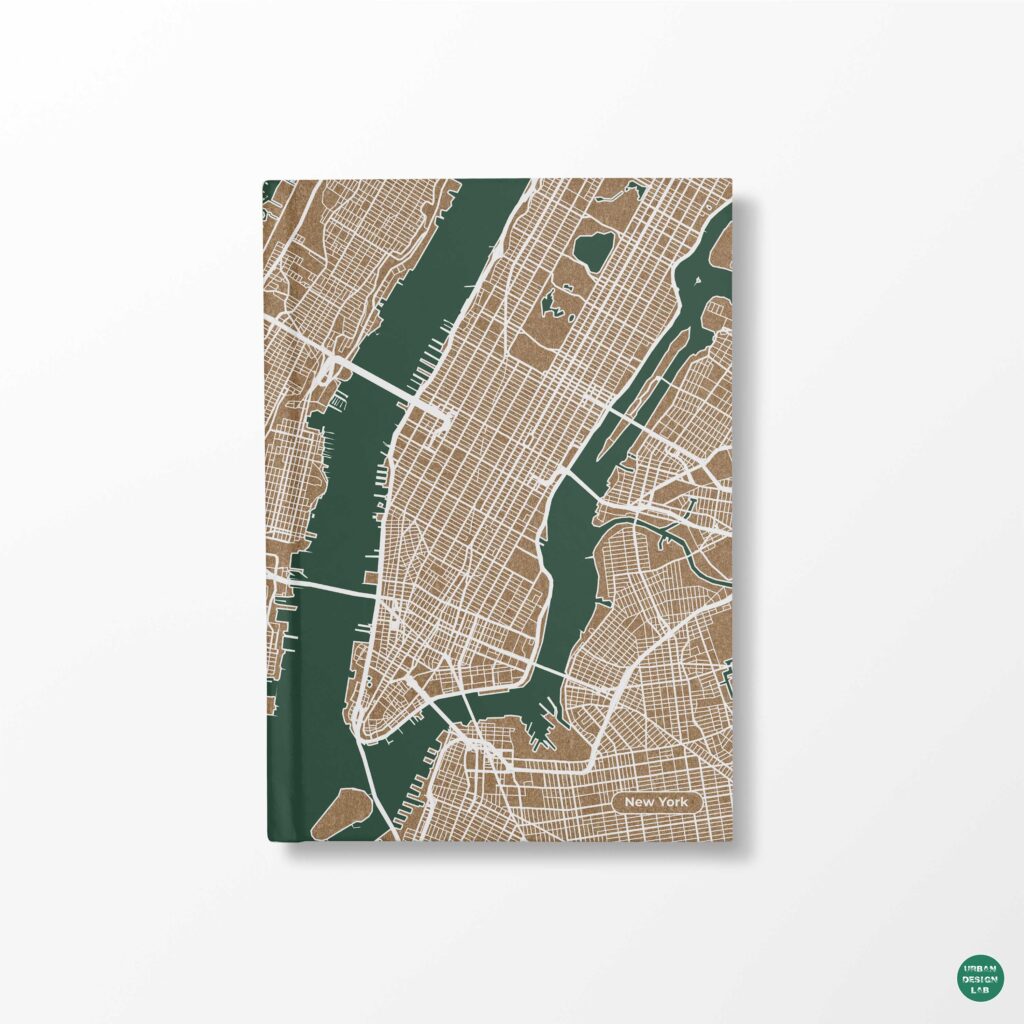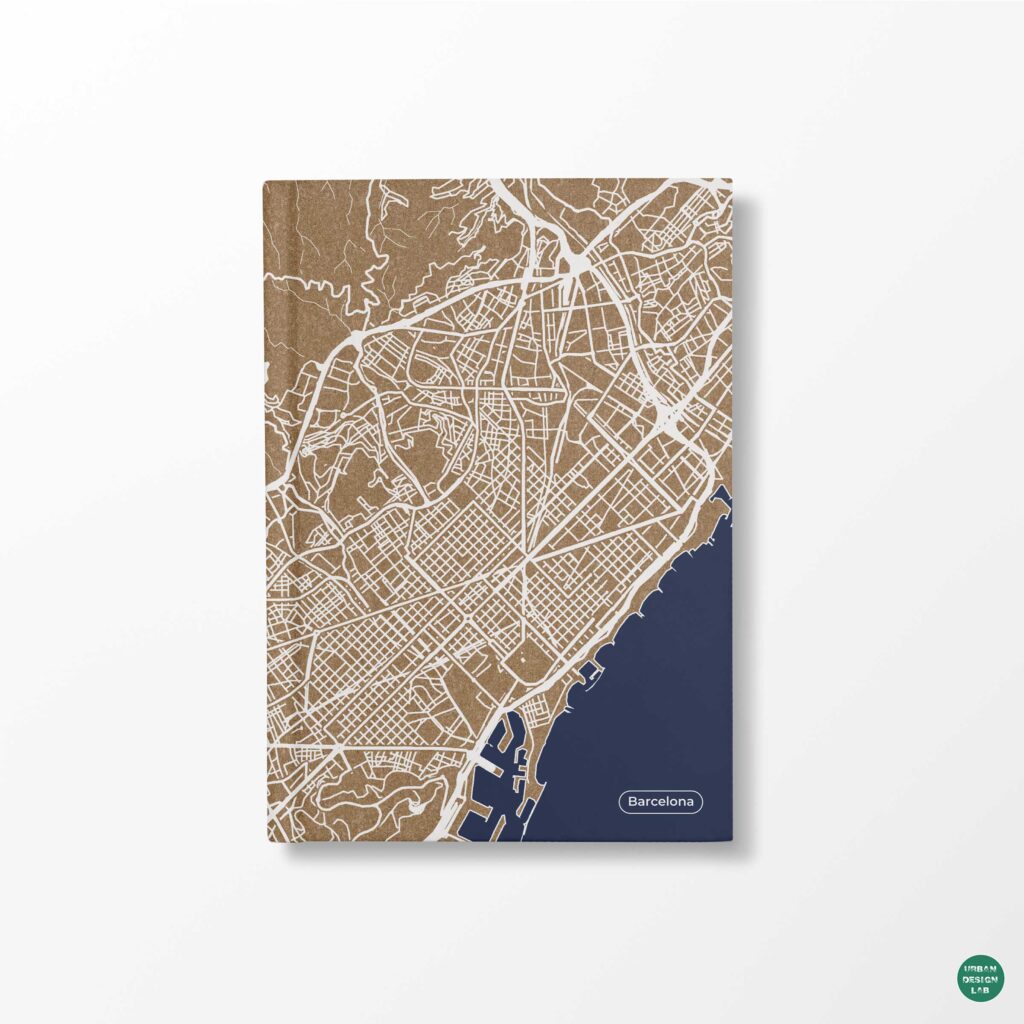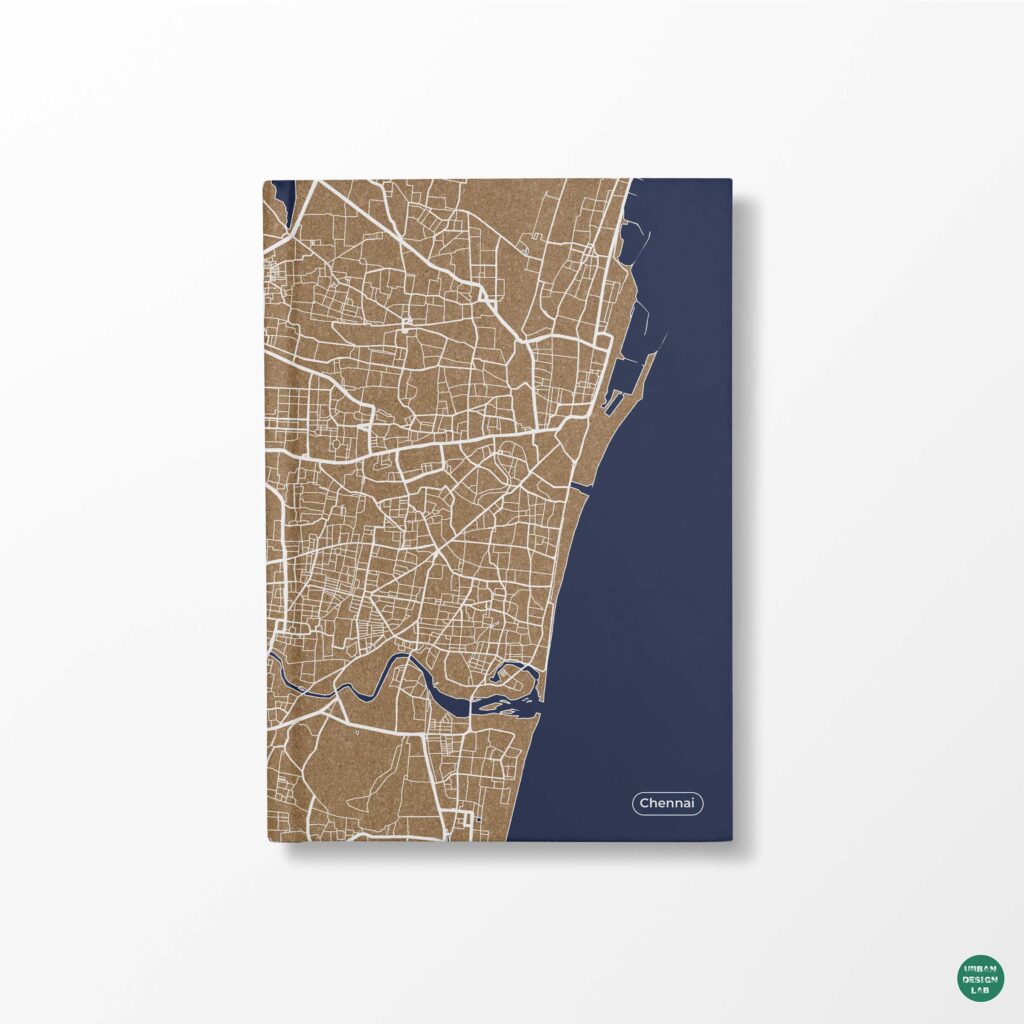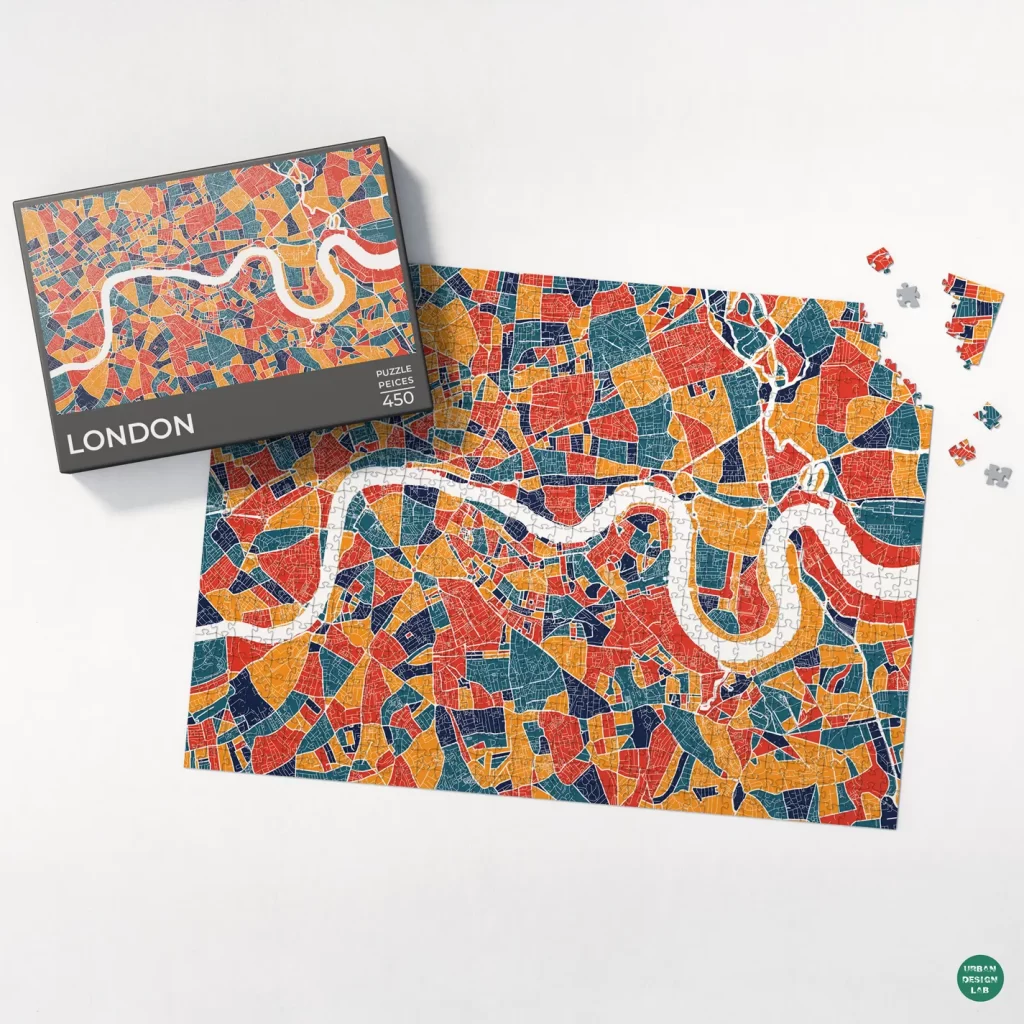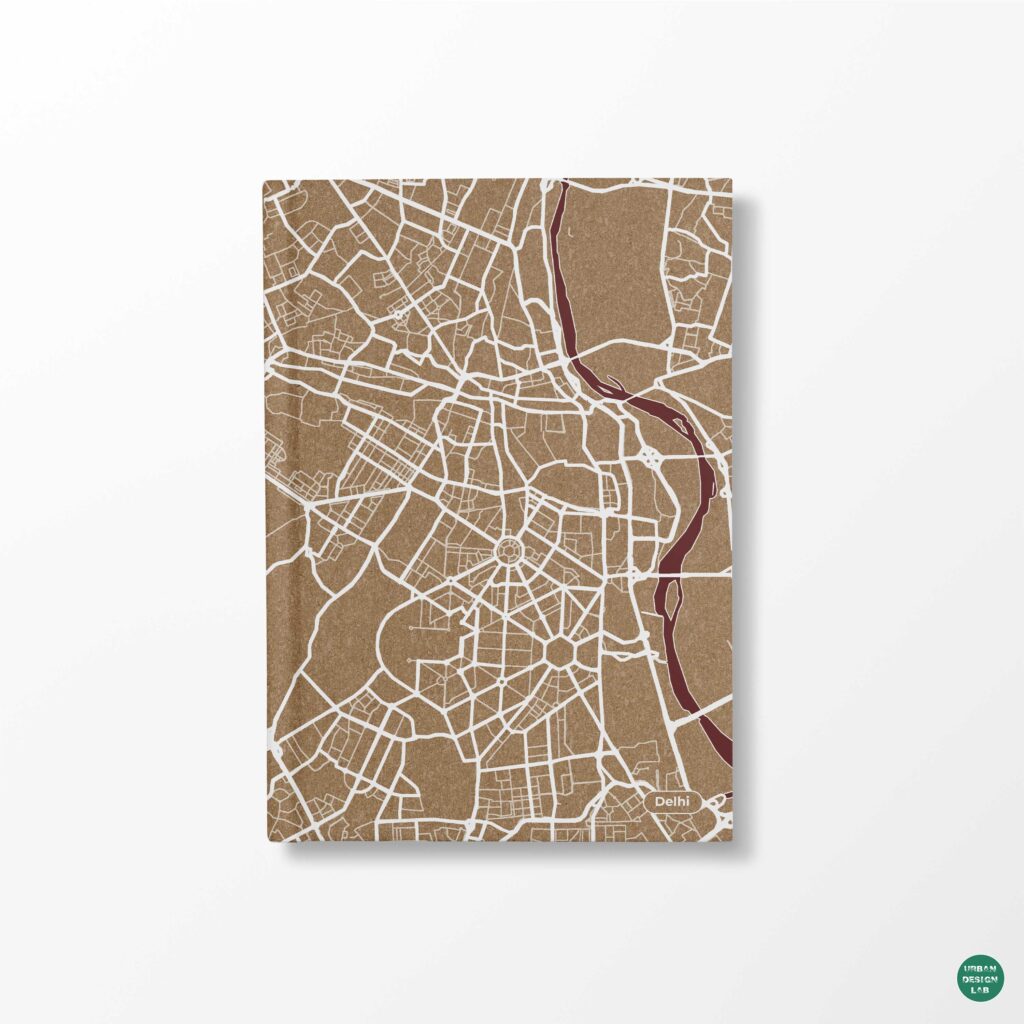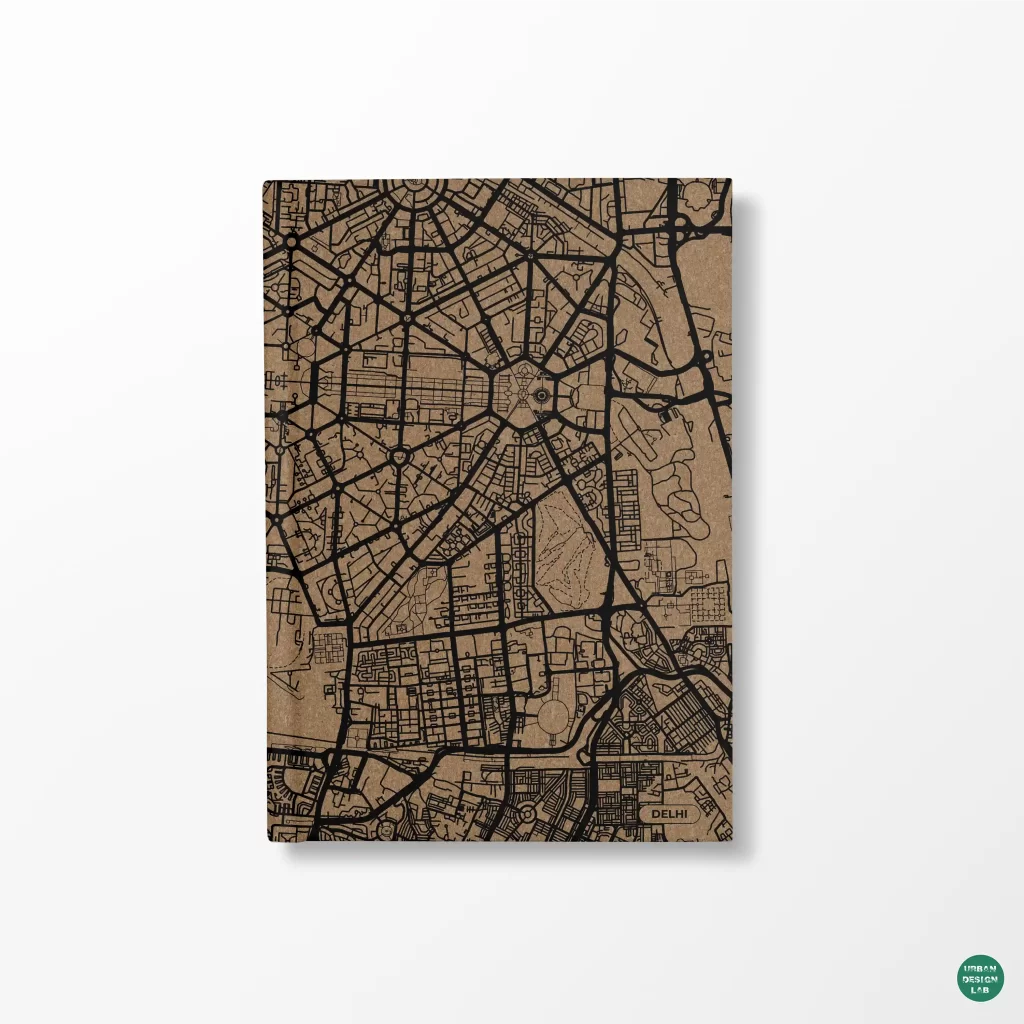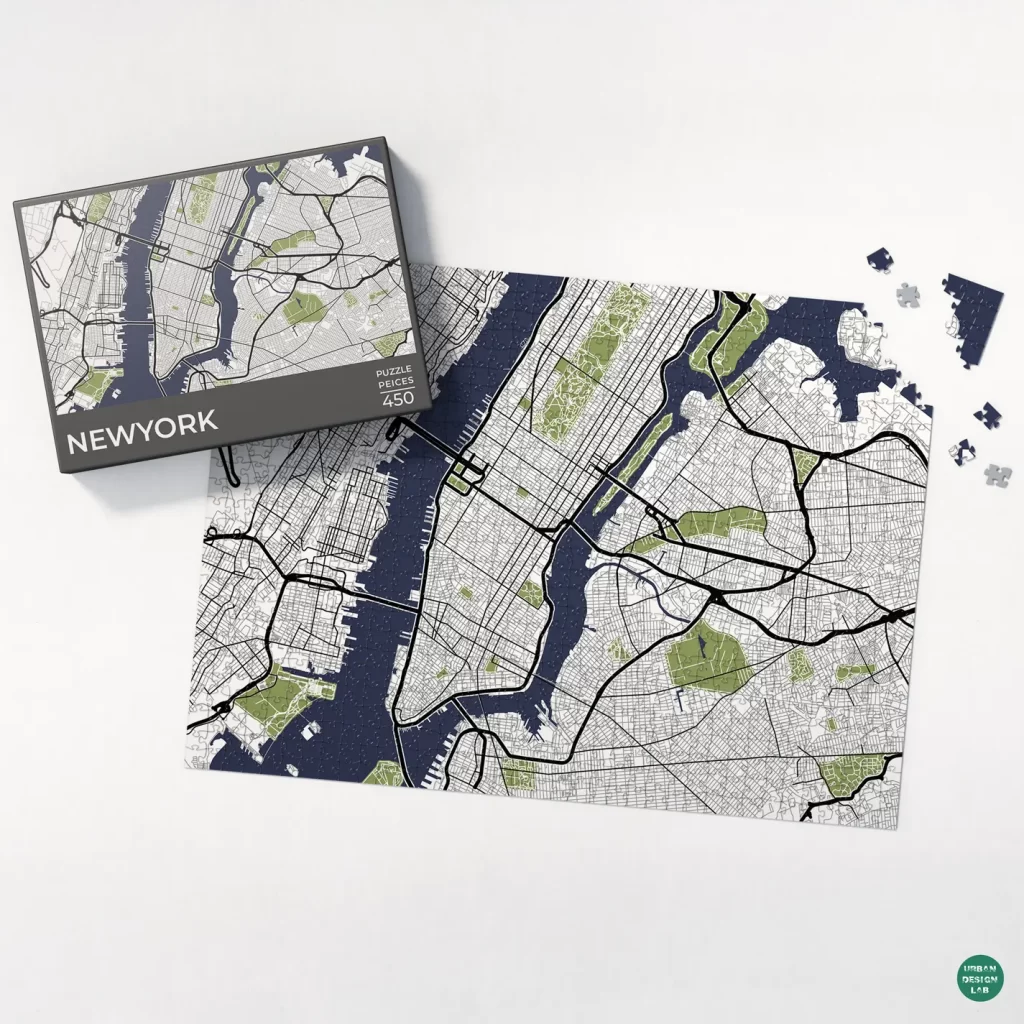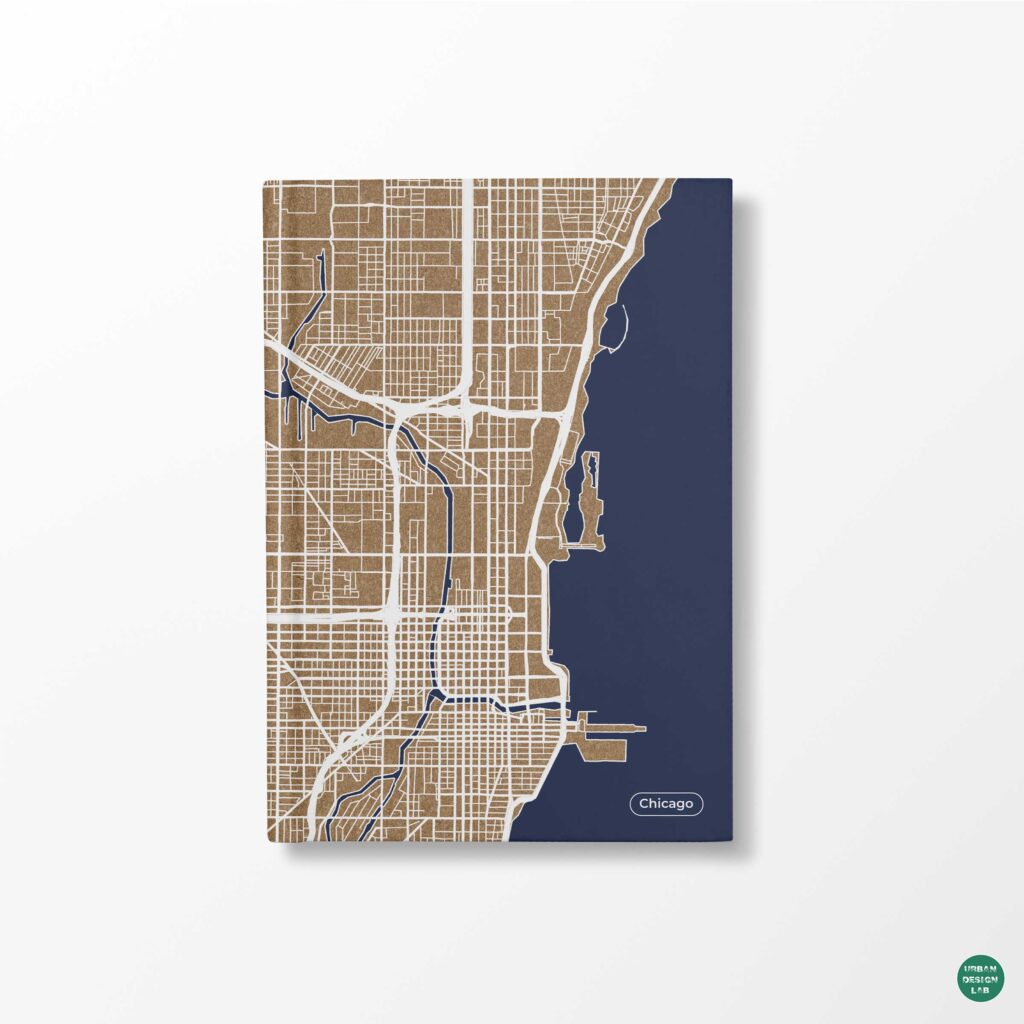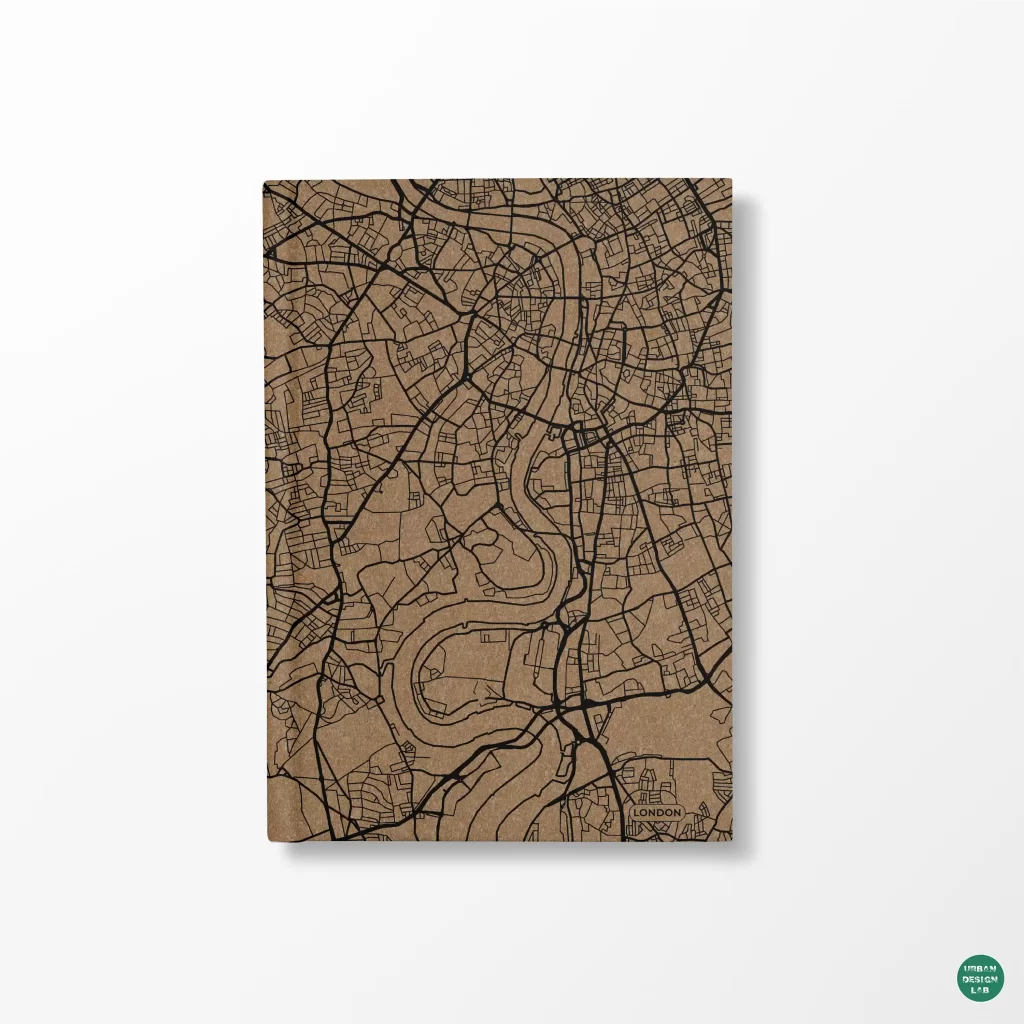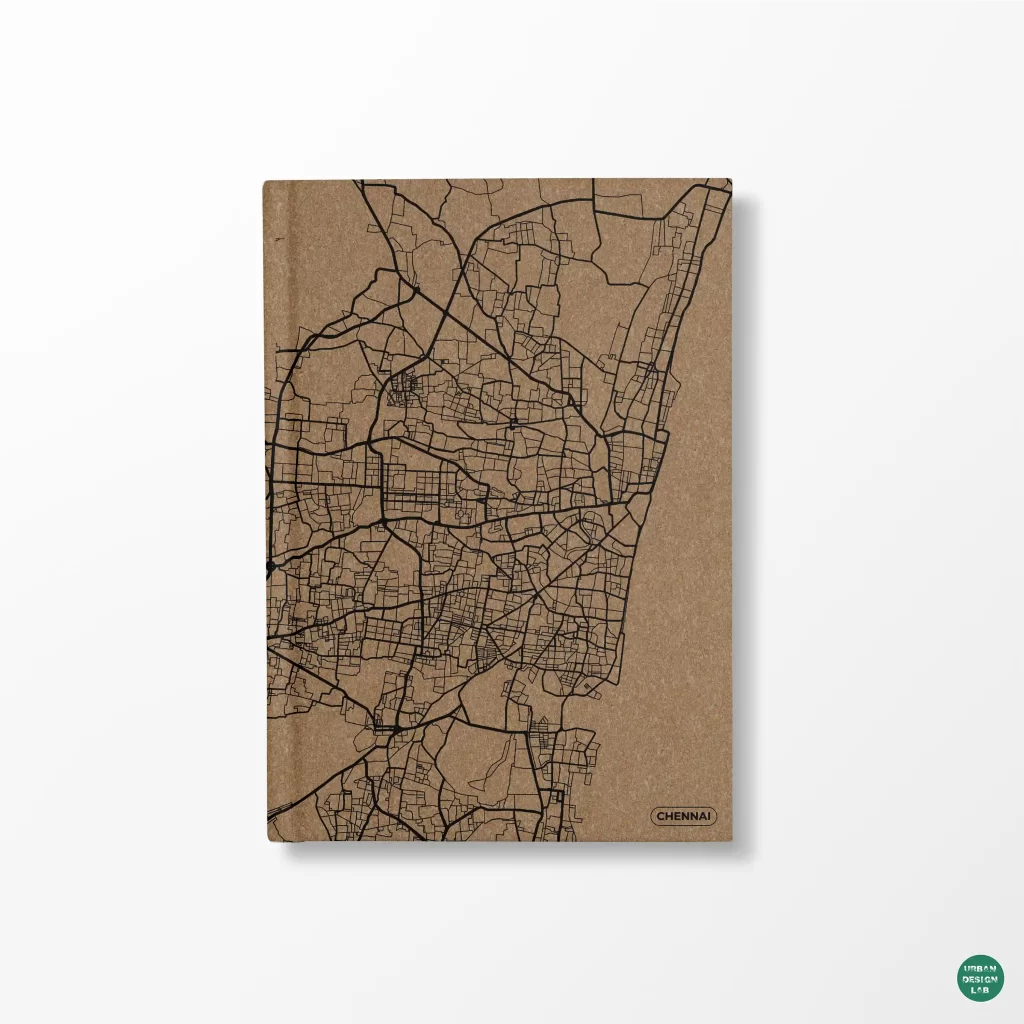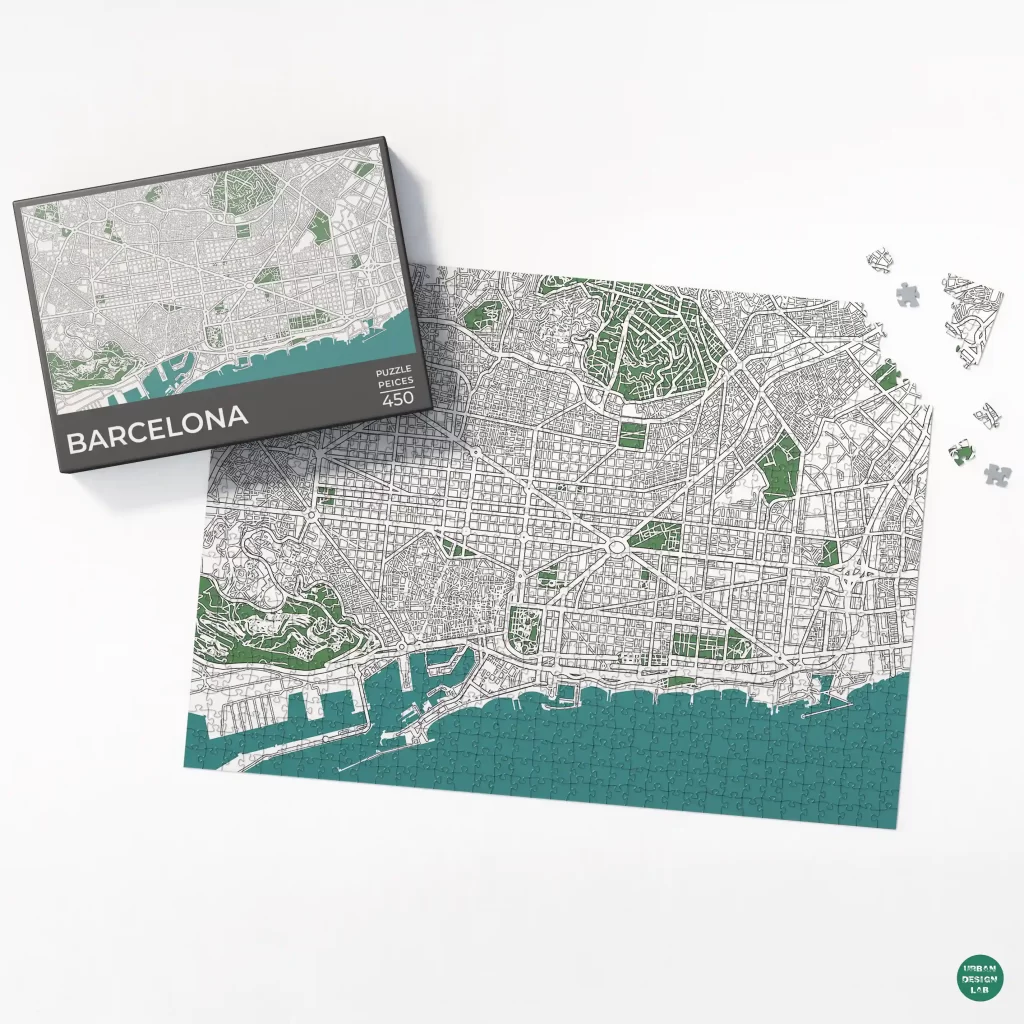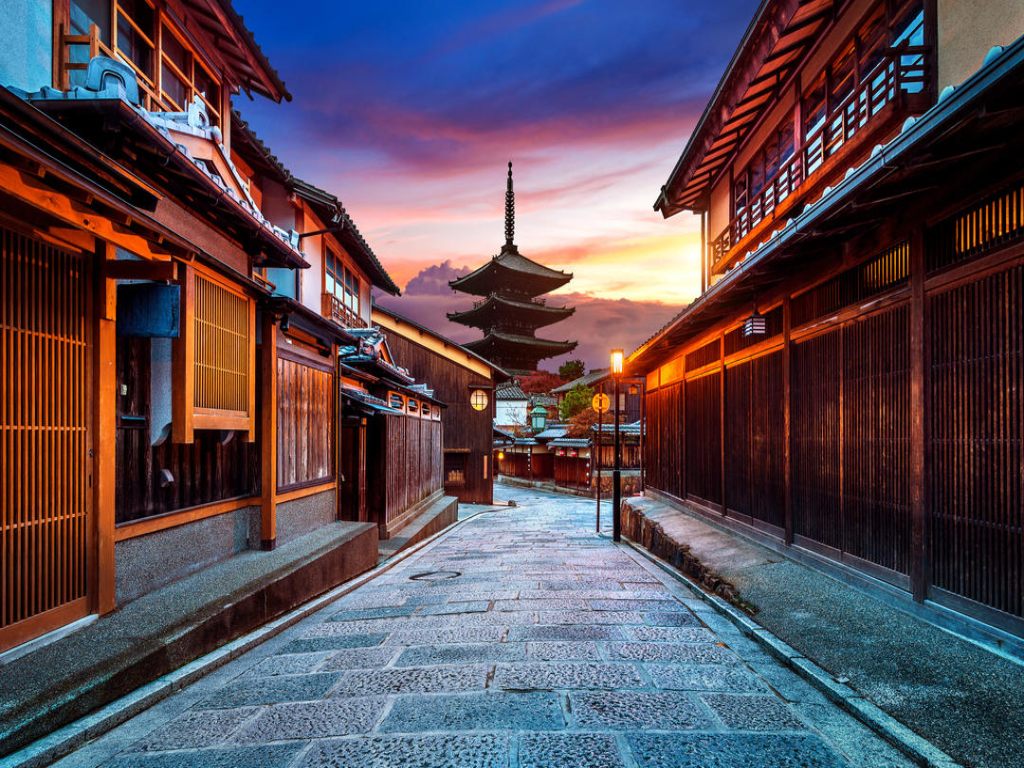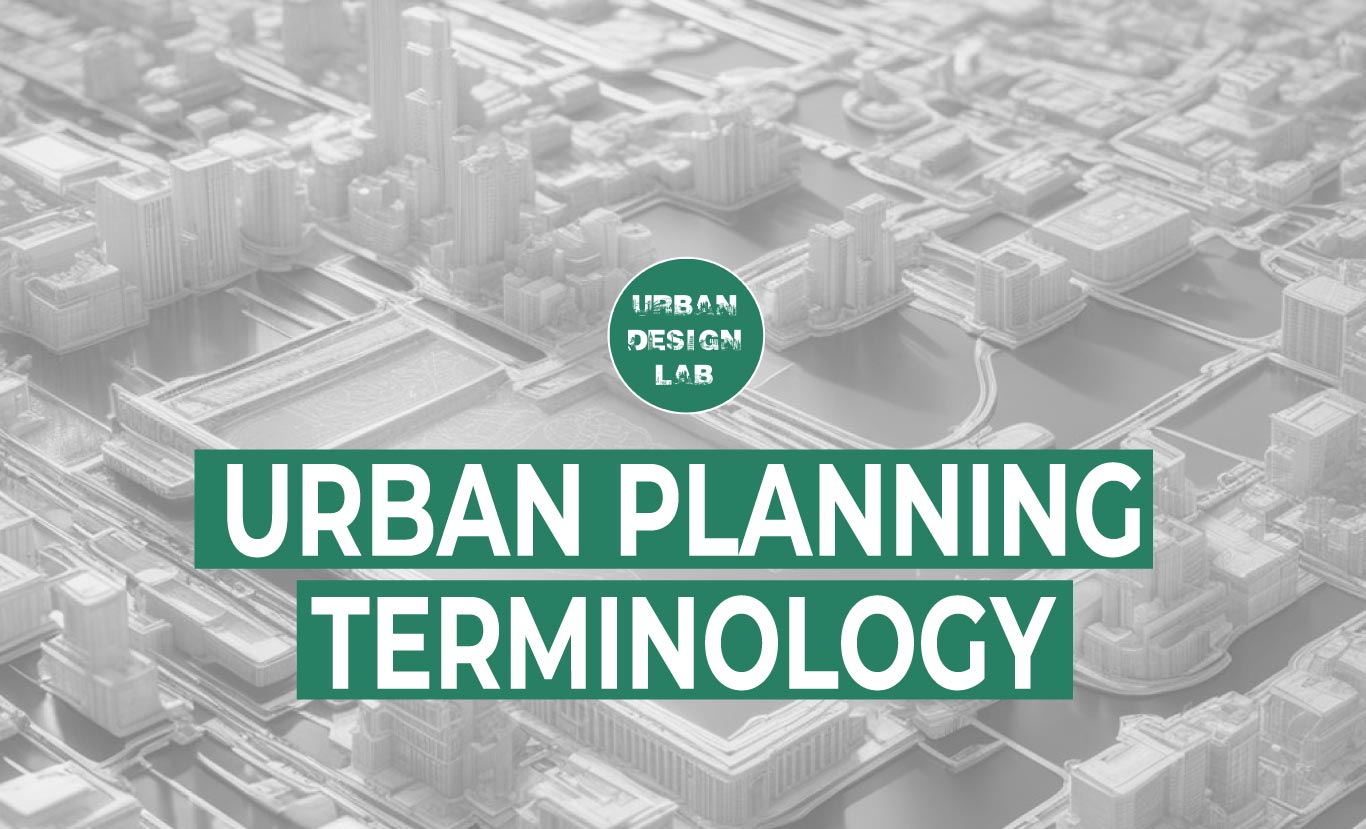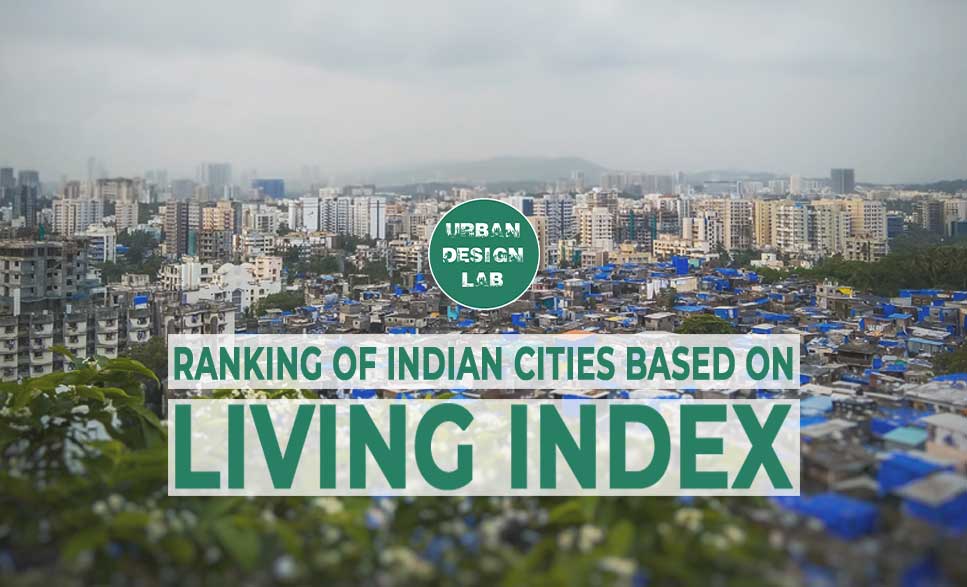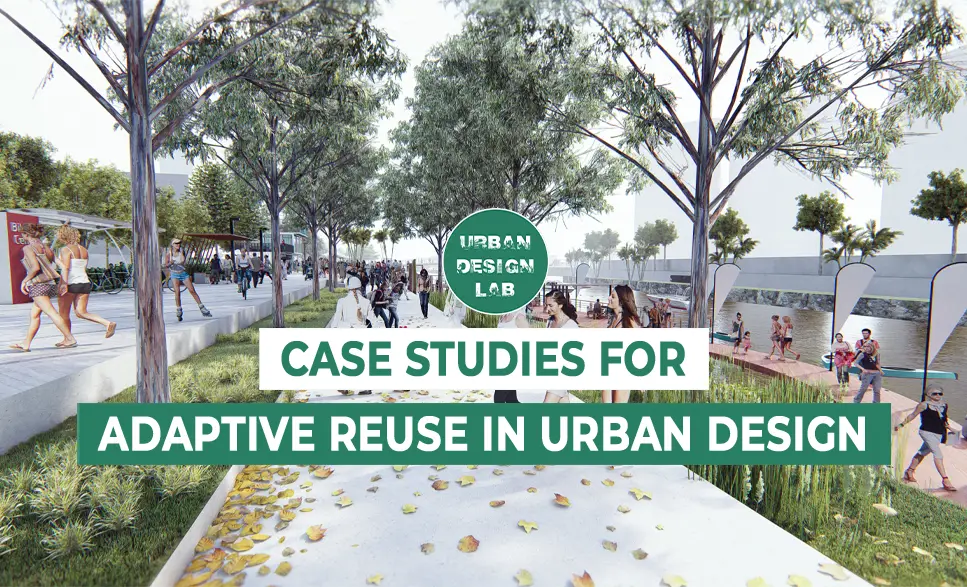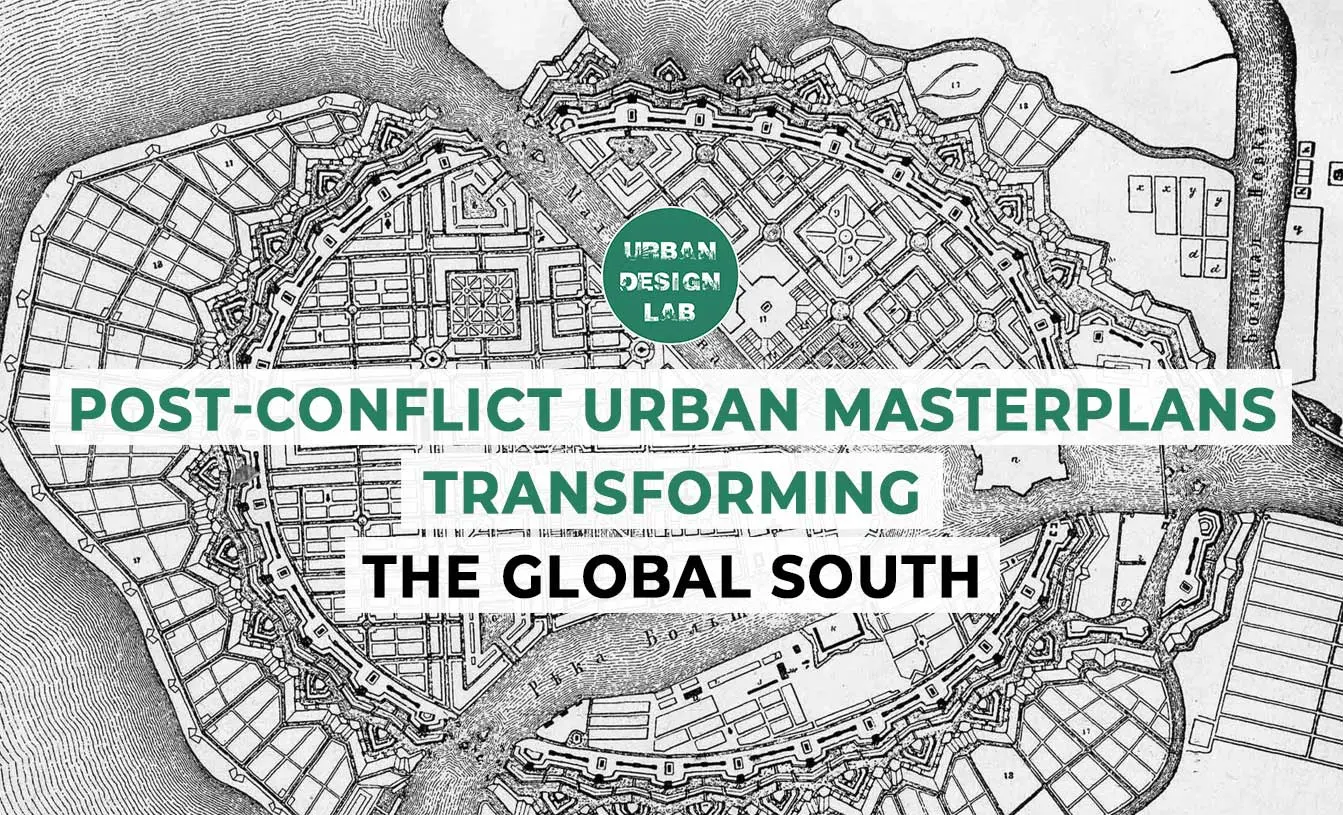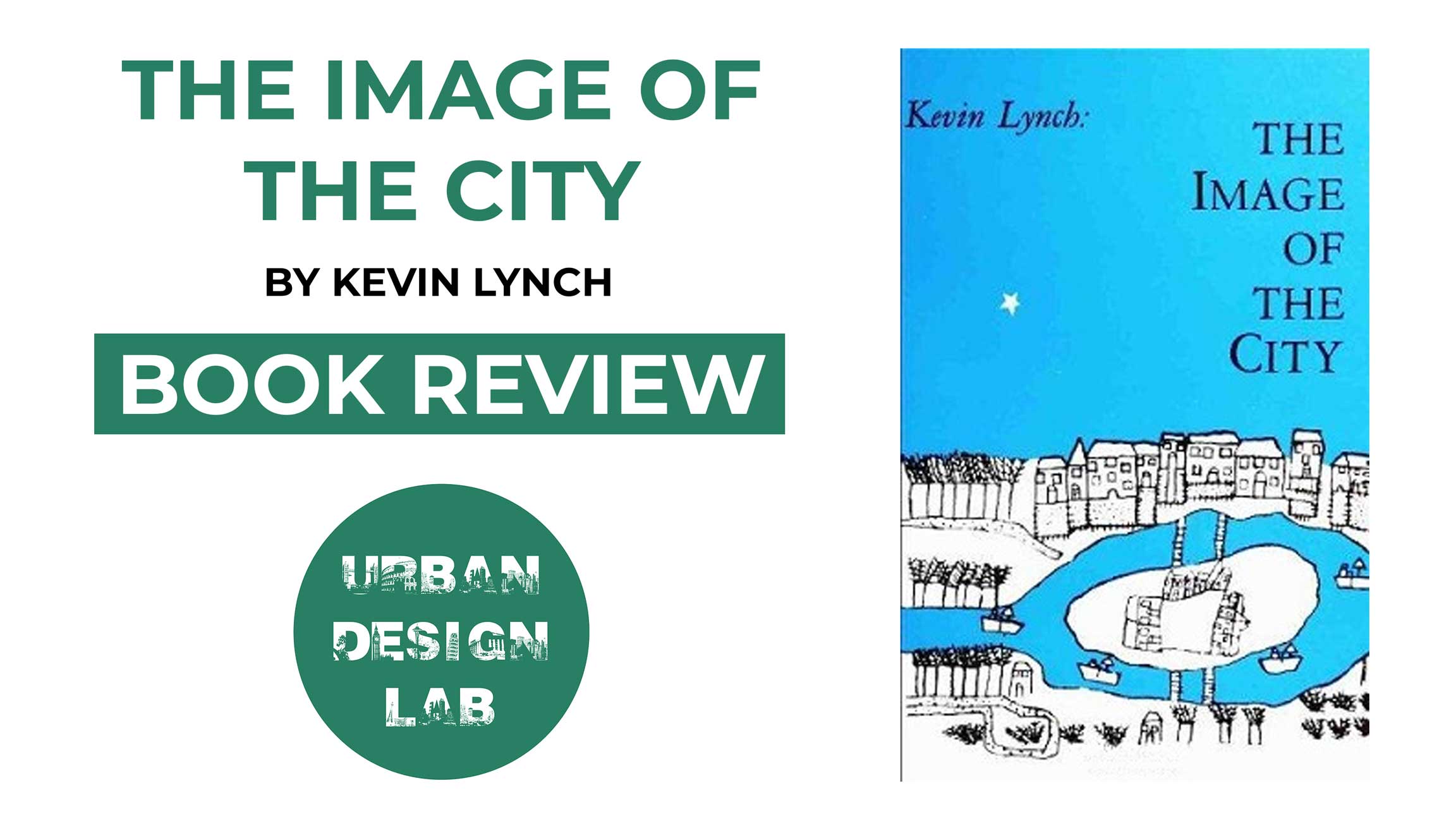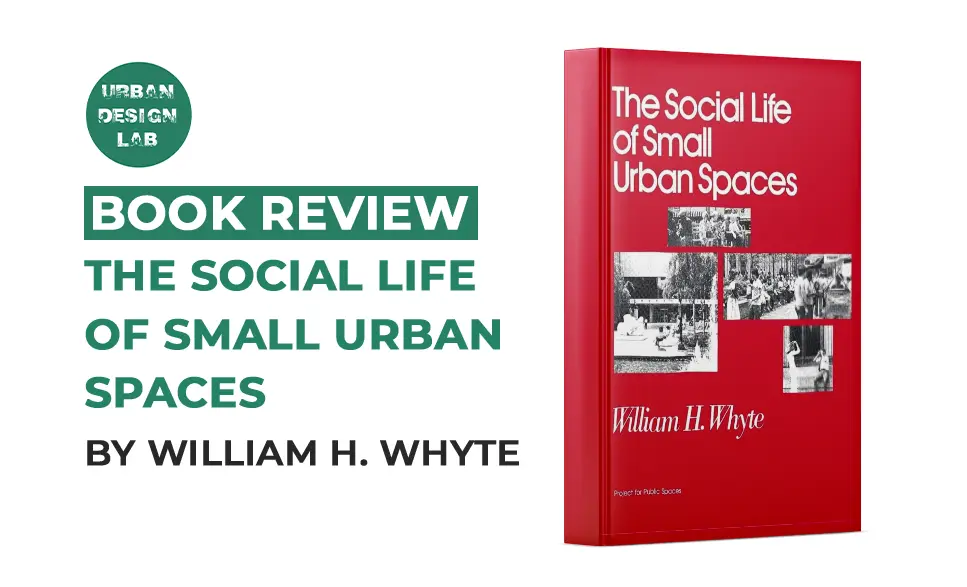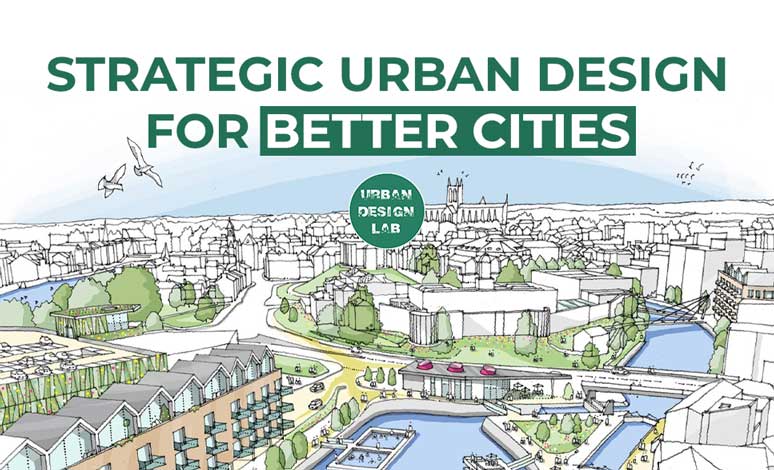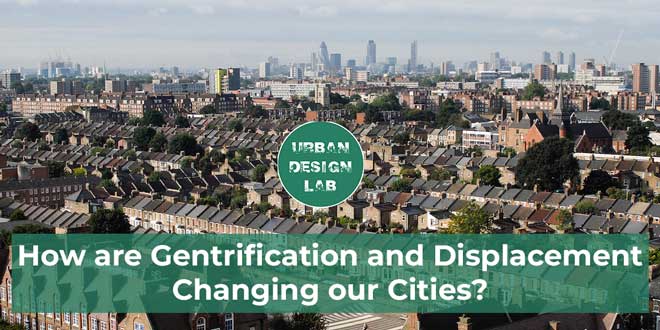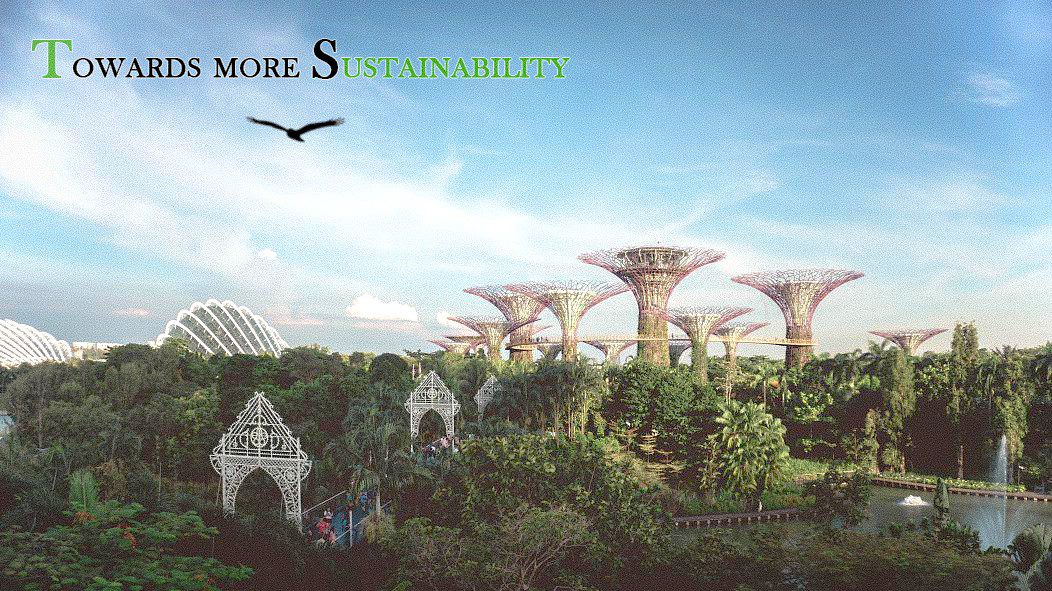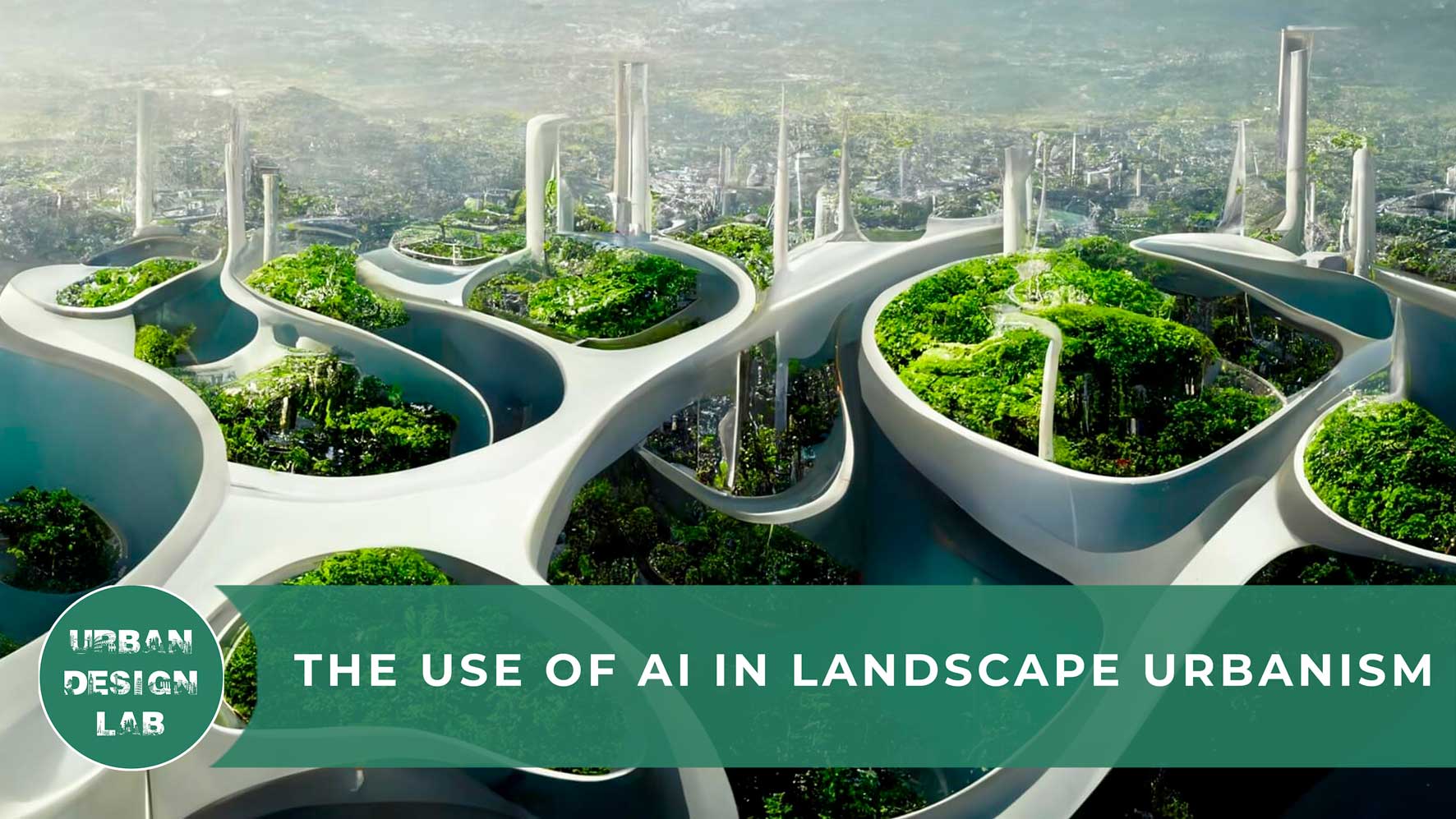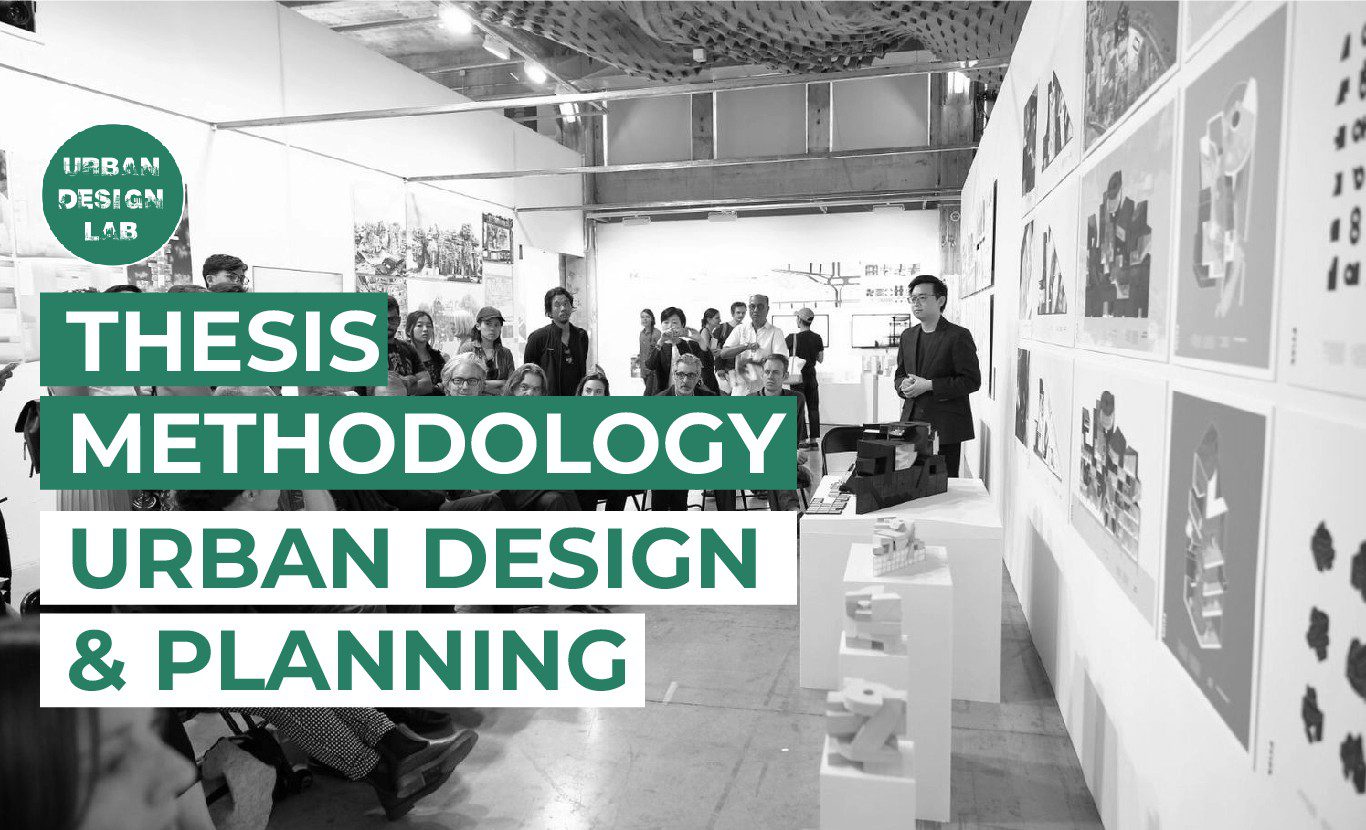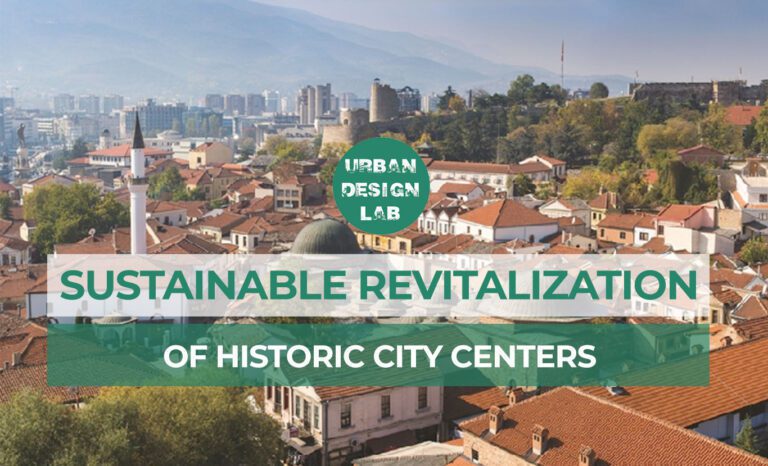
Domino Park – Brooklyn’s Sugar Factory Site Sweetens the Waterfront
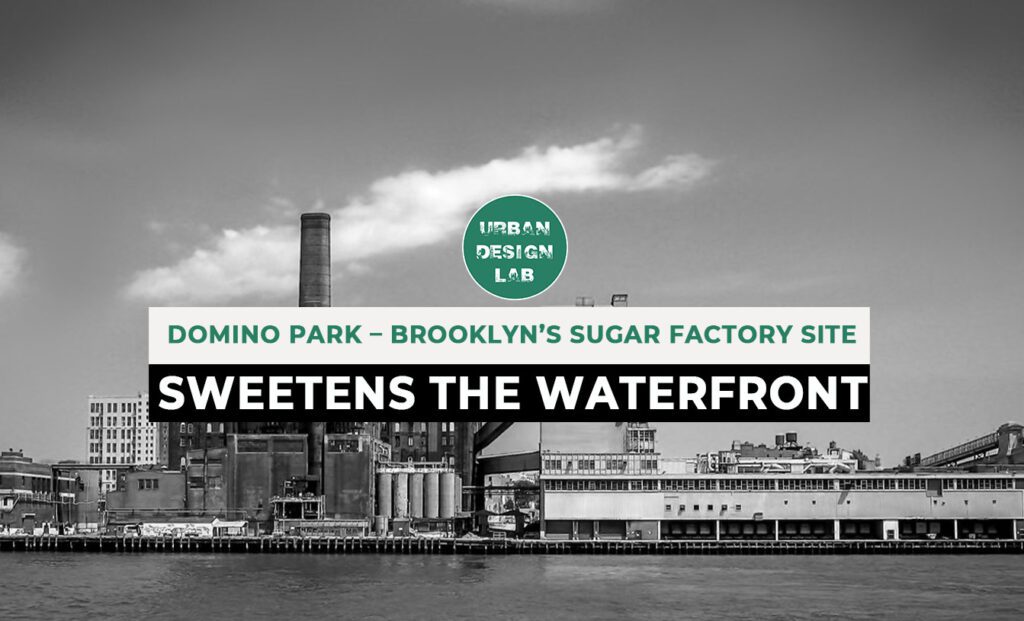
Domino Park in Williamsburg, New York, is a successful example of transforming an old industrial site into a vibrant public space. Once home to the Domino Sugar Refinery—which produced most of the sugar consumed in the U.S.—the area has been reimagined by Two Trees, PAU, and SHoP Architects. Key historical elements like syrup tanks and cranes were preserved to honor its past.
Now, the park offers both passive and active recreation areas. Visitors can enjoy gardens, picnic spots, a sugar-themed playground, a sloping lawn, and an urban beach. For more active use, there’s a dog run, bocce courts, a volleyball court, and a flexible sports field. Water Square, at the center, features tiered seating and historic touches, offering views of the East River and the old Refinery.
This thoughtful redesign blends history with modern community needs, creating a unique waterfront destination.
Introduction
Coastal areas are ideal for industrial activities. Its remote location reduces the impact of waste pollution. The area is quite far from the city center, which reduces concerns about disrupting the community’s main activities. Over time, architects and urban planners have become increasingly focused on developing waterfront areas. But what about waterfront areas that were initially industrial centers? Some will renovate or completely transform these areas into spaces suitable for human activities, as was done with the Domino Sugar Refinery in Williamsburg, USA.
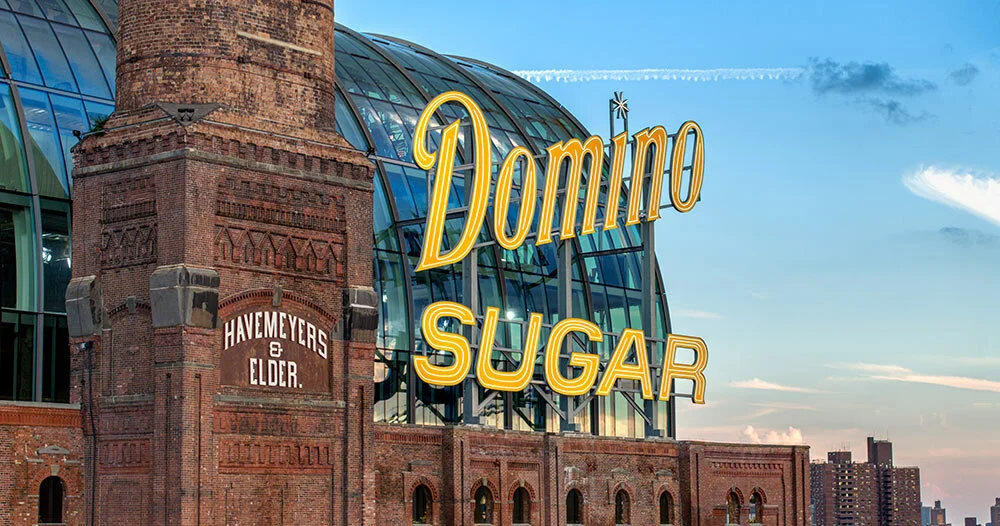
Never Forget History: Domino Sugar Refinery
Since the 19th and 20th centuries, the Domino Sugar Refinery has been known for its contributions to the economy of Williamsburg and New York as a whole. The factory once produced nearly 98% of all the sugar consumed in the United States. Its extensive equipment occupied a vast area, accommodating the processes of filtering, panning, and finishing sugar to produce the highest quality sugar available at the time.
Although closed in 2004, the building’s unique and distinctive architecture provides a strong sense of identity and leaves behind an interesting history. It features a Romanesque architectural style with arch-rectangular windows, a red brick façade, and a towering chimney.
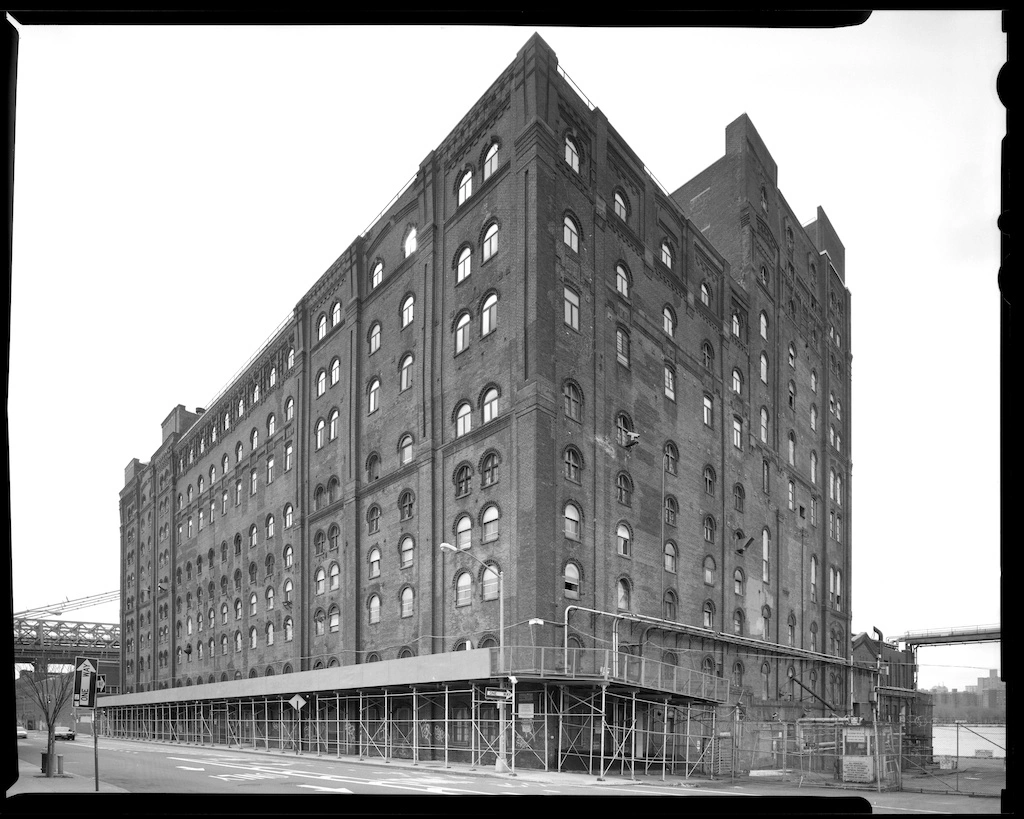
Source: Website Link
From Industries to Communities
Two Trees, PAU, and SHoP Architects initiated a major functional transformation of this area. The area, which was originally a factory, has been transformed into a space that enhances community activities for Williamsburg residents and adds value in terms of tourism.
The changes to the area preserve its existing history. Twenty-one original features remain, including the sugar refinery’s crane, conveyor screw, conveyor bucket, and syrup tank. Two Trees also transformed the Refinery building into an office building with around 700 mixed-use residential units.
The 1,200-foot waterfront area has also been transformed into Domino Park, providing pedestrian access to panoramic views of the East River, the Manhattan skyline, and the Williamsburg Bridge. The park has several public spaces for sports, play, conversation, enjoying nature, picnics, and more.
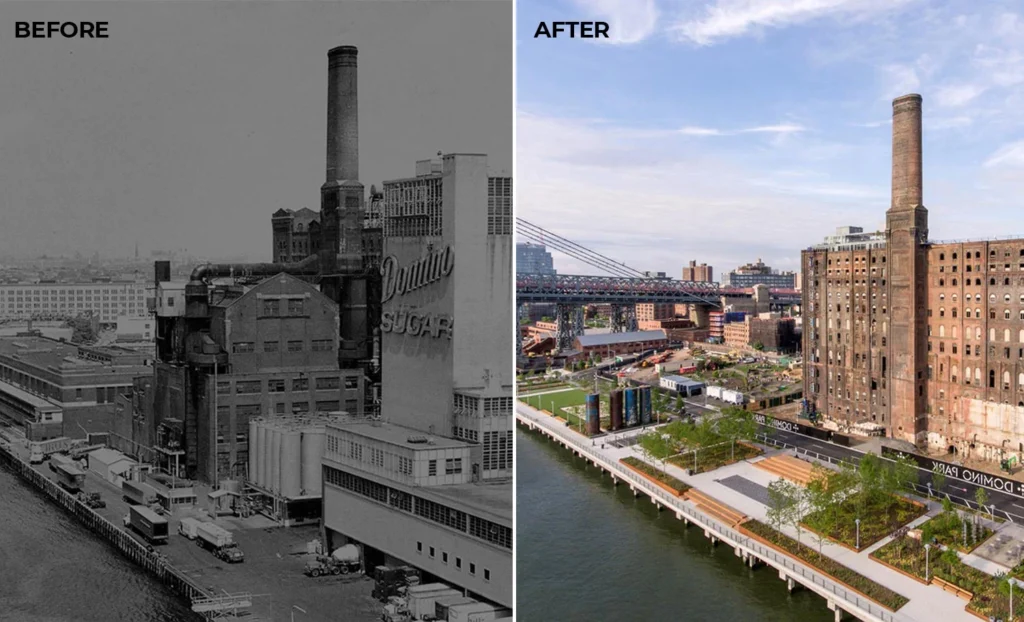
Source: author
The Waterfront Square
Water Square sits between active and passive recreation areas and offers five unique spaces where visitors can gather and relax. One highlight is a four-level seating area with beautiful views of the East River and the historic Refinery building. It also looks over the Central Water Feature, which can be specially activated during the summer. Down by the river, there’s a sunken area with River Viewing Steps for people to enjoy the waterfront. At the edge of Water Square, the Syrup Tank Garden features four old syrup tanks from the Refinery, serving as a tribute to the site’s history.
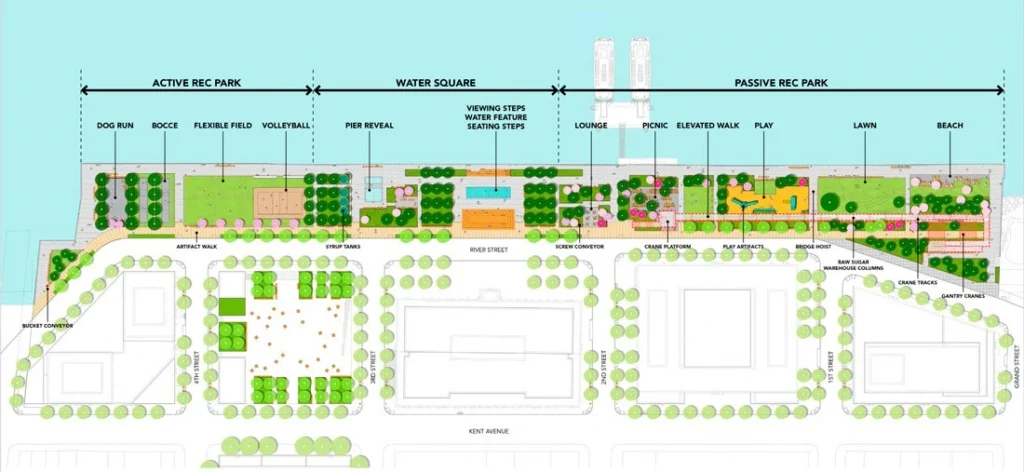
Active and Passive Recreation Park
At the northern end of Domino Park, the passive recreation area stretches from South 2nd Street to Grand Street, offering a peaceful setting with diverse features. Visitors enter through a Japanese Pine garden, which leads to the Artifact Walk—an area that reflects the site’s industrial past. The space includes a picnic area for 80 to 100 people, a food kiosk, and a unique children’s play zone inspired by the sugar refining process. A large sloping lawn provides open space for relaxation, while the nearby urban beach features a flat, shaded lawn with chaise lounges for enjoying river views.
The active recreation area adds a lively energy to the park with spaces for physical activity and play. It includes a 1,750-square-foot linear Dog Run for pets, two Bocce Courts, a 6,300-square-foot Flexible Playing Field suitable for various sports, and a Volleyball Court. These amenities invite visitors of all ages to engage in recreational activities, socialize, or simply unwind in a thoughtfully designed environment. Together, the passive and active zones offer a balanced park experience—blending calm natural spaces with dynamic areas for movement and interaction, making Domino Park a vibrant waterfront destination.
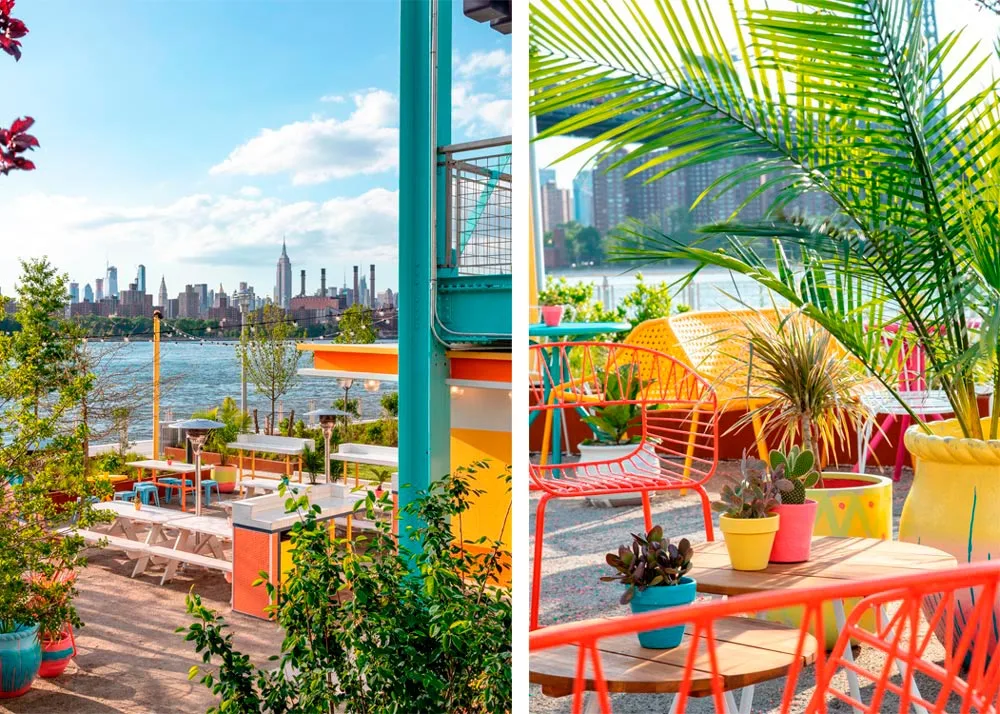
Conclusion
The transformation of the Domino Sugar Refinery site in Williamsburg stands as a model of adaptive reuse that blends historical preservation with modern urban needs. What was once a major industrial hub has been thoughtfully reimagined into a vibrant, accessible public space that serves the community while honoring its past. The preservation of key industrial elements—like the syrup tanks and conveyor systems—maintains a strong connection to the site’s identity, while new functions such as parks, offices, and residences bring renewed life and purpose. The integration of both passive and active recreation areas allows visitors to engage in a range of activities, from quiet relaxation to dynamic play, all set against the iconic backdrop of the East River and Manhattan skyline. This transformation not only boosts the quality of life for Williamsburg residents but also adds cultural and tourism value. Through smart design, collaboration between architects, and a deep respect for history, Domino Park demonstrates how post-industrial waterfronts can be successfully revived into inclusive, engaging urban environments.
References
- (Domino Park: Domino Sugar Factory Redevelopment Plan – UrbanNext. (n.d.). https://urbannext.net/domino-park/
- Scott, A., & Scott, A. (2025, June 9). For the record: Here’s a brief historical overview of the Domino Sugar Refinery. Brooklyn Eagle. https://brooklyneagle.com/articles/2024/05/01/heres-a-brief-historical-overview-of-the-domino-sugar-refinery/?utm_source=chatgpt.com
- Gianakos, J. (2017, September 14). Domino Sugar Factory Master Plan Development / SHOP Architects. ArchDaily. https://www.archdaily.com/339600/domino-sugar-factory-master-plan-development-shop-architects
- Pintos, P. (2025, May 28). Domino Sugar Refinery / PAU – Practice for architecture and urbanism. ArchDaily. https://www.archdaily.com/1007905/domino-sugar-refinery-pau

Abigail Zarya Febrianti
About the Author
Ms. Febrianti is a Junior Architect at a developer company in Indonesia and a 2024 graduate from a state university. She gained experience through her studies, a six-month internship, and roles as head of the department’s laboratory assistant, head of a division in her student organization, some volunteer, freelance projects, and online courses. She placed third in a national interior design competition and excelled in an exterior rendering course. Her interests include sustainable architecture, urban planning, and photography, which she continues to explore professionally and personally.
Related articles

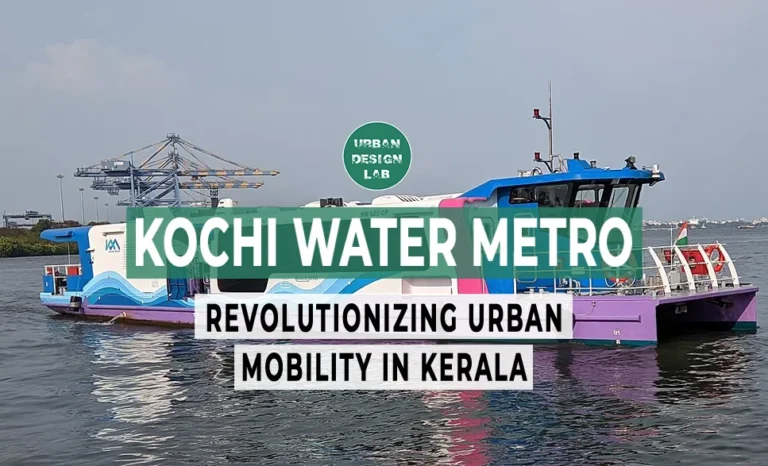
Kochi Water Metro: Revolutionizing Urban Mobility in Kerala
UDL Illustrator
Masterclass
Visualising Urban and Architecture Diagrams
Session Dates
17th-18th January 2026

Urban Design Lab
Be the part of our Network
Stay updated on workshops, design tools, and calls for collaboration
Curating the best graduate thesis project globally!
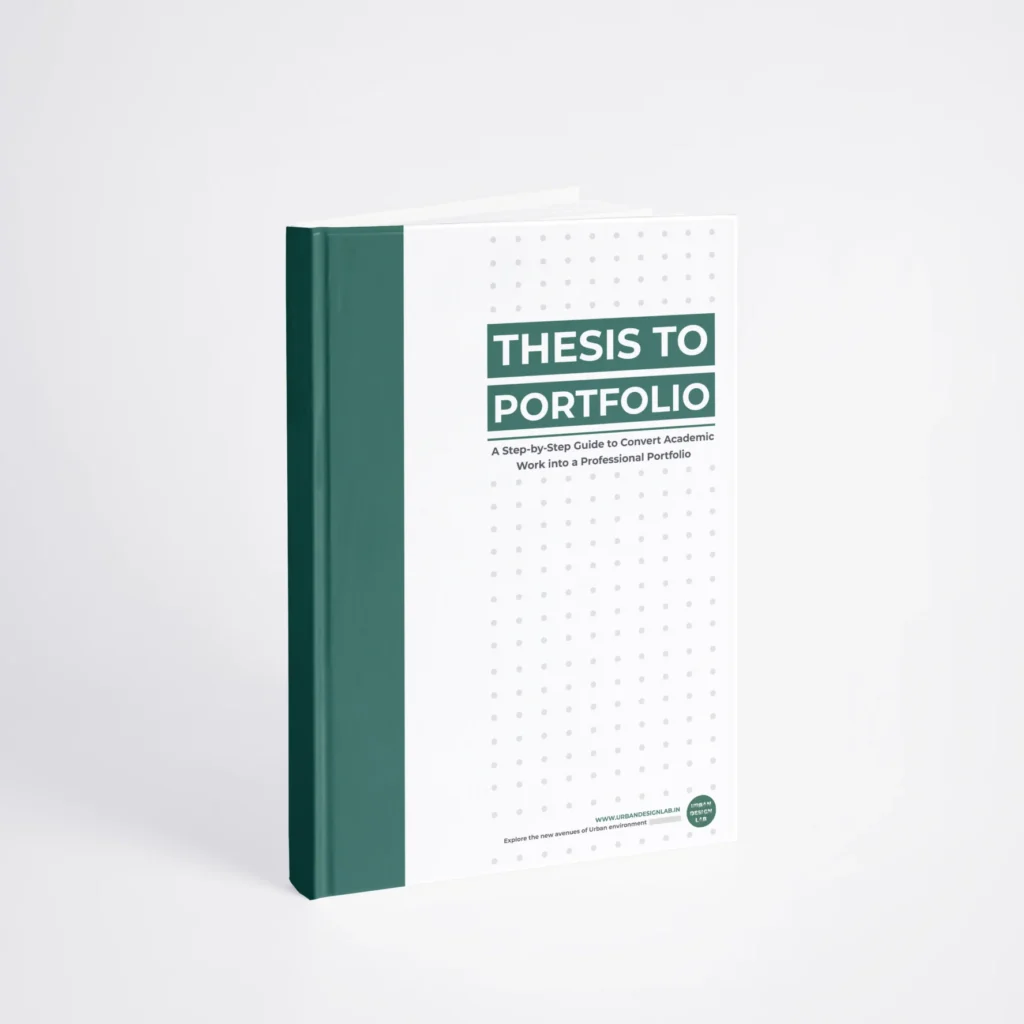
Free E-Book
From thesis to Portfolio
A Guide to Convert Academic Work into a Professional Portfolio”
Recent Posts
- Article Posted:
- Article Posted:
- Article Posted:
- Article Posted:
- Article Posted:
- Article Posted:
- Article Posted:
- Article Posted:
- Article Posted:
- Article Posted:
- Article Posted:
- Article Posted:
- Article Posted:
- Article Posted:
- Article Posted:
Sign up for our Newsletter
“Let’s explore the new avenues of Urban environment together “
